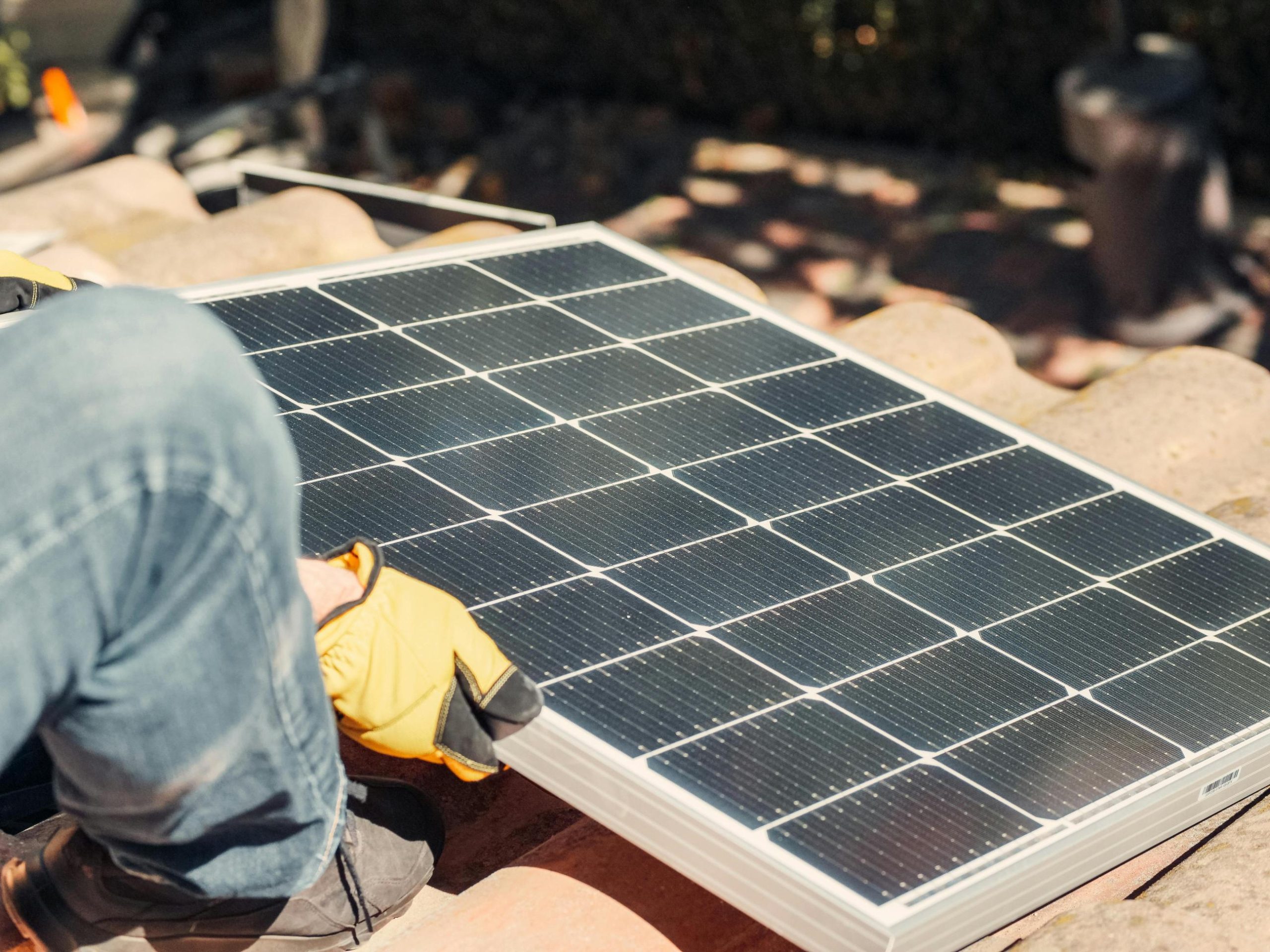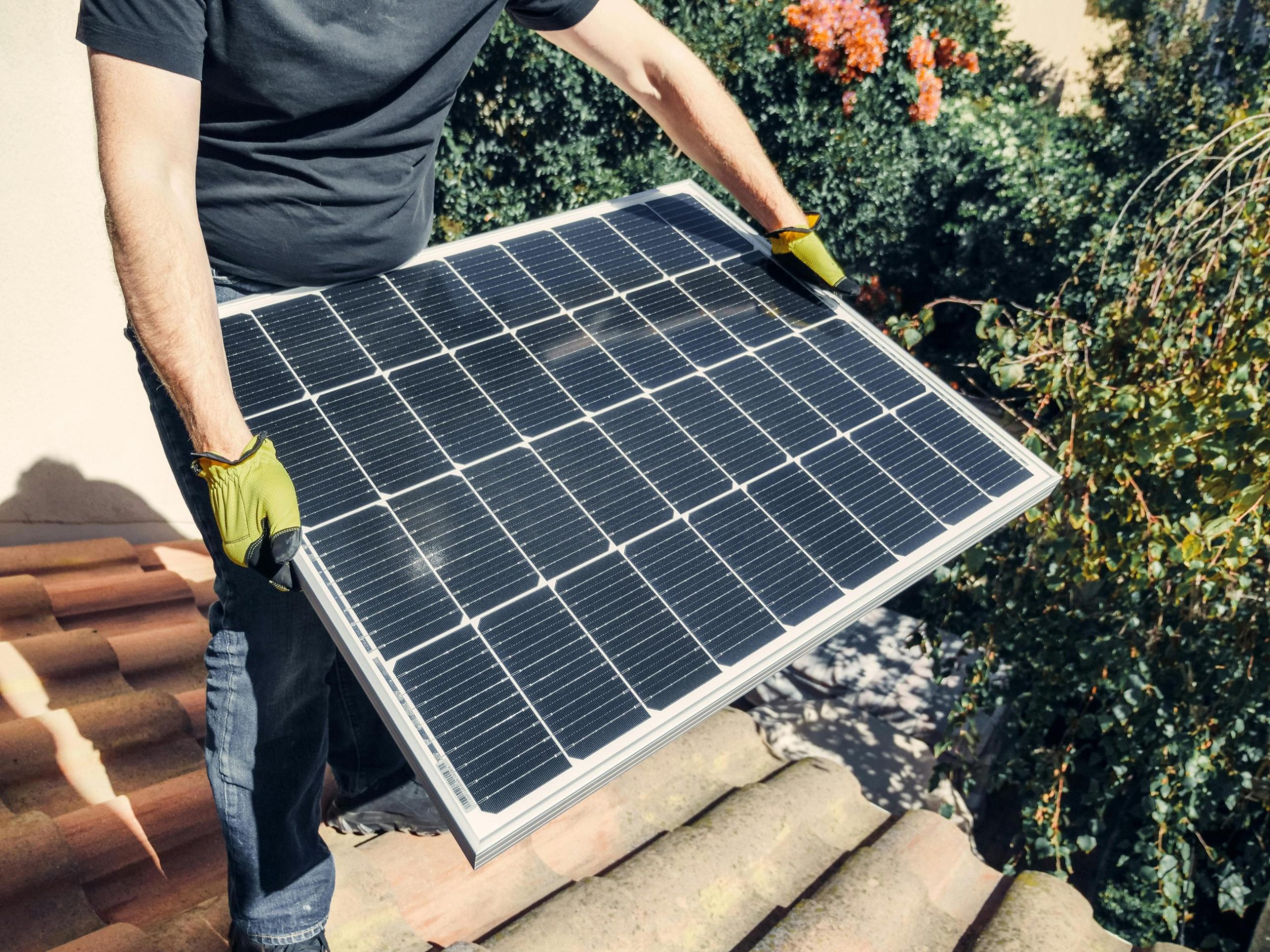Installing solar panels is one of the most effective ways to lower energy bills, increase home value, and reduce your carbon footprint. But many homeowners wonder: When is the best time to install solar panels? While you can install solar panels any time of the year, certain seasons offer better pricing, faster installation, and higher long-term performance. Understanding these factors helps you schedule your project wisely and avoid unnecessary delays.
This guide breaks down the ideal times to install solar panels, how weather impacts installation, what homeowners should prepare for, and how to maximize savings throughout the process.
Why Timing Matters in Solar Installation

Choosing the right time to install solar panels affects:
- System efficiency
- Labor availability
- Installation costs
- Permit approval speed
- Energy savings throughout the year
Solar is an investment that pays off over time. Planning the installation strategically ensures you start capturing sunlight as soon as possible while minimizing upfront stress and delays.
The Best Seasons for Installing Solar Panels
Solar panels can be installed during any season, but some times of the year offer better conditions. Below is a season-by-season breakdown to help you choose what works best for your home.
1. Spring: The Most Popular and Ideal Time
Spring is widely considered the best time to install solar panels, and for good reason. Weather is mild, installers are readily available, and homeowners can maximize sunlight during the upcoming high-output months.
Why Spring Is the Best Time
- Mild temperatures are ideal for installation crews.
- Panels are installed just before summer’s peak sunlight.
- Lower chance of rain delays compared to winter.
- Homeowners often receive energy credits sooner.
Benefits of a Spring Installation
- Maximized solar production: You’ll be ready for summer, when solar output is highest.
- Comfortable working conditions: Installers can work longer hours safely and efficiently.
- Faster roof inspections: Roofing companies are less busy compared to the fall.
- Increased system lifespan: Panels are installed before extreme heat begins.
Potential Drawbacks
- High demand means scheduling may fill up fast.
- Prices may increase slightly due to seasonal popularity.
Still, if you’re planning ahead, spring remains the most beneficial and balanced time of year.
2. Summer: Great for Immediate Solar Energy Gains
Summer delivers the most sunlight, so many people assume it’s the best installation time. While it offers excellent solar production, it isn’t always ideal for scheduling.
Benefits of Summer Installation
- Immediate high energy output: You start saving instantly.
- Prime sunlight hours: Long days allow fast system testing and setup.
- Increased energy bill savings: You offset your highest utility months.
Drawbacks to Consider
- Installation crews often fill up quickly.
- Hot roofs can slow down labor or increase safety risks.
- Prices may spike because demand is extremely high.
- Weather conditions (heatwaves) may shorten work hours.
Summer is great for solar performance but may not be the most convenient or cost-effective for scheduling.
3. Fall: The Second-Best Time for Solar Installation
Fall is another strong option, especially for homeowners wanting to beat winter energy costs. Cooler temperatures and lower contractor demand make fall installations efficient and budget-friendly.
Benefits of Fall Installation
- Ideal temperatures for workers: No extreme heat.
- Reduced wait times: Installers have more availability.
- Lower pricing: Demand decreases compared to spring and summer.
- Ready for winter savings: Solar panels help offset heating-related electrical use.
Possible Drawbacks
- Days get shorter, reducing immediate solar production.
- Upcoming winter storms may delay some projects.
- HOA or city permit processing might slow down as holidays approach.
Fall is a smart time for homeowners seeking affordability, quick turnaround, and reliable scheduling.
4. Winter: The Cheapest But Slowest Season for Installation
Winter is often the most affordable time to install solar panels, but it comes with some installation challenges depending on your location.
Benefits of Winter Installation
- Lower installation costs: Many companies offer seasonal discounts.
- Faster permit approvals: City departments are less backed up.
- Shorter project wait times: Installers have more open schedules.
- Spring-ready performance: Your system will be fully operational when sunny months arrive.
Drawbacks of Winter
- Snow, ice, or rain can delay work.
- Extremely cold temperatures slow installation.
- Immediate solar output is lower.
- Roof surfaces may be slippery, requiring extra safety precautions.
Despite these challenges, winter can be the best time financially for homeowners on a budget.
Best Time By Region in the U.S.
Different climates affect solar installation timing. Here’s a regional breakdown:
Northern States (Midwest, Northeast)
- Best installation seasons: Spring and fall
- Winters can cause ice-related delays, while summers may be too hot for roof work.
Southern States (Texas, Florida, Arizona)
- Best installation seasons: Winter and early spring
- Mild winter weather makes installation easier and more comfortable for crews.
- Summers are extremely hot, increasing safety risks.
West Coast (California, Oregon, Washington)
- Best installation seasons: Spring and fall
- Winter rain may cause delays, while summer heat can be intense.
Mountain Regions
- Best installation seasons: Late spring through early fall
- Snow tends to linger, and winters are long.
Factors That Affect Installation Timing
Even though season matters, other factors play a role in determining the best installation window.
1. Permit and Inspection Timelines
Solar requires:
- Roof inspections
- Electrical permits
- Utility approvals for grid connection
These can take 2–8 weeks depending on your city.
2. Roof Condition
If your roof needs repair or replacement, the project timeline may shift. Installing solar on a damaged roof can lead to costly future removals.
3. Solar Installer Availability
Contractors have busy seasons—usually spring and summer. Booking early ensures you secure a good spot.
4. Weather Patterns
Installers may pause work during:
- Heavy rain
- Snow
- High winds
- Extreme heat
Choosing a mild season avoids these disruptions.
Why Installing Solar Early in the Year Is Smart

Even though solar can be installed year-round, homeowners who install earlier see bigger benefits.
Reasons Early-Year Installation Works Well
- Capitalizes on summer energy production
- Ensures installation before schedules fill
- Allows time for permit delays
- Lets homeowners take advantage of federal tax credits sooner
If your goal is to maximize energy savings in the first year, early spring is ideal.
How Long Does Solar Installation Take?
The timing of your project also depends on how long each step takes. Here’s a typical timeline:
- Site evaluation: 1–2 hours
- System design: 2–7 days
- Permits and approvals: 2–8 weeks
- Installation: 1–3 days
- Utility connection: 1–4 weeks
Starting earlier ensures your system is ready when peak sunlight arrives.
Signs It’s the Right Time to Install Solar Panels
Beyond the seasons, these indicators mean now is a smart time to switch to solar:
You’re facing rising electricity bills
Utility rates continue to increase annually.
Your roof is in good condition
A solid roof ensures your solar system lasts its full lifespan.
You plan to stay in the home for several years
Solar panels increase home value but work best as a long-term investment.
You’re eligible for incentives
Federal, state, and utility incentives can expire or change.
Tips for Maximizing Your Solar Installation Timeline
To ensure a smooth and timely installation:
Start planning 2–3 months ahead
Permits and scheduling take time.
Choose a reliable solar contractor
Look for:
- Positive reviews
- Licensed installers
- Transparent pricing
- Strong warranties
Get multiple quotes
Solar costs vary widely among installers.
Ask about their busiest seasons
Schedule your project when they are less booked.
Frequently Asked Questions
1. What season is the best for installing solar panels?
Spring and fall are typically the best seasons. The weather is mild, installers have better availability, and homeowners can take advantage of full summer sunlight soon after installation.
2. Can I install solar panels in winter?
Yes. Solar panels can be installed during winter as long as conditions are safe. In fact, winter often has shorter wait times and potential discounts from installers.
3. Do solar panels work in cloudy or cold weather?
Absolutely. Solar panels generate electricity from sunlight, not heat. They can still produce energy on cloudy or cold days, just at reduced efficiency.
4. How long does it take to install a solar system?
Most residential solar installations take 1–3 days once permits and site evaluations are completed. The overall process, including applications and inspections, often takes a few weeks.
5. Does timing affect the cost of installation?
Yes. Prices may be lower during off-peak seasons, such as late fall or winter, when demand drops and installers offer seasonal deals.
6. Should I clean or prep my roof before installing solar panels?
It’s recommended. Remove debris, repair roof damage, and ensure your roof is in good condition before installation. A well-prepared roof improves panel performance and longevity.
7. Is summer a good time to install solar panels?
Summer provides the most immediate energy benefits, but installation schedules fill up fast and temperatures can make the job slower. It’s good, but not always the most convenient.
8. How do I know if my roof is ready for solar panels?
A roof inspection from a qualified installer can determine its age, structural condition, and orientation. Roofs nearing the end of their lifespan may need repairs or replacement first.
9. Does the direction of my roof affect the timing of installation?
Timing isn’t affected by direction, but performance is. South-facing roofs typically generate the most power. Installers can also design effective systems for east- and west-facing roofs.
10. Can I install solar panels myself?
DIY installation is not recommended. Solar systems involve electrical components and require proper permitting, safe wiring, and compliance with local building codes. Professional installation ensures safety and efficiency.
Conclusion: The Best Time to Install Solar Panels
So, when is the best time to install solar panels?
For most homeowners, spring offers the best combination of ideal weather, installer availability, and high solar production. However, fall is excellent for pricing and scheduling, while winter provides deep discounts. Summer offers strong solar performance but is often the busiest and most expensive season.
Ultimately, the best time depends on your budget, climate, and scheduling needs—but with proper planning, you can enjoy reliable, clean energy all year long.


